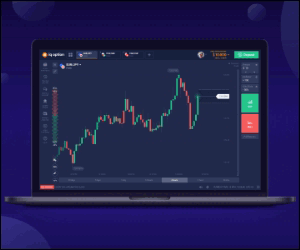Pricing produce is a big challenge faced by many people in
business – not only in farming. But as a farmer – especially, an emerging
farmer, it is imperative that you price your produce correctly or you will soon
find yourself broke and out of business.
Remember, farming is a business and your first goal should
be to survive, make profit and then grow and do all those other things that you
have in mind.
Basically correctly pricing your farm produce means being
able to recover money spent on costs and having a little bit extra – that is
business!
So how do you price
your produce correctly for profit?
To establish product prices, you must have accurate
record-keeping in the first place. It does not have to be a facing bookkeeping
system – just a book where you record all your money spent will do.
Costs
- Record these costs:
- Cost of land (bought or leased), if applicable.
- Cost of tilling land (whether tractor-driven or manually done).
- Cost of seed.
- Cost of fertiliser and chemicals.
- Cost of water/irrigation.
- Cost of labour (includes cost of protective clothing and tools used).
- Cost of harvesting (mechanical or manual).
- Cost of post-harvest handling (might include refrigeration).
- Cost of packaging for marketing.
- Cost of administration (this includes telephone bills, stationery and banking fees).
- Cost of transport.
- Cost of marketing fees or hiring marketing space.
- Interest on money borrowed to get the crop going.
Calculating profit
Work out how much produce will be harvested off the land. A
unit would be either a single vegetable (cabbage), single bunch (spinach) or a
single kilogram (potatoes or tomatoes). Next, add up the costs you’ve recorded
and divide by the number of units to be sold. Then add in your percentage
profit to arrive at your selling price.
Example
Let’s say you have 30 000 cabbages and your total costs come
to $15 000.
So it’s $15 000 ÷ 30 000 (cabbages) = $5/cabbage.
$5 much each cabbage cost you to grow.
Now you add your 20% profit – that is, 20% of $5 – probably a
$1.
In essence, the lowest price for your cabbages should be $6
if you want a small profit.
20% profit is not the standard as situations differ – it is
just an example. A neighbouring farmer –who cannot calculate his costs
accurately, might be selling the same cabbages so you might not sell any at $6
if he is selling at $4.
You can either teach your neighbour about profit-making or
find a market a little further away.
Profit margins can vary from 1% to 100%, or even more.
Understanding local pricing will help you determine what percentage will make
your selling price a popular one. Never under-price a commodity!
 8:02:00 AM
8:02:00 AM



No comments
Post a Comment